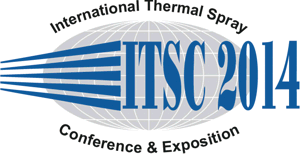
|
3881 |
|
Repairing defective aluminum molds using high and low pressure cold spray |
|
Abreeza Manap* / Department of Mechanical Engineering, Universiti Tenaga Nasional, Malaysia Nooririnah Othman/ Department of Manufacturing Engineering Technology, Faculty of Engineering Technology, University Teknikal Malaysia Melaka, Malaysia Halina Misran/ Mechanical Engineering Department, Universiti Tenaga Nasional, Malaysia Kazuhiro Ogawa/ Fracture and Reliability Research Institute, Tohoku University, Japan |
|
Molds are susceptible to surface degradation by wear and fatigue cracks due to high thermal-mechanical loads during the repetitive molding process. In this study, defective aluminum molds are repaired using high pressure cold spray (HPCS) and low pressure cold spray (LPCS) technique by depositing aluminum powder particles at low temperature, and machined back to the original shape. The effect of spraying parameters on the mechanical and tribological properties are analyzed. The undamaged and repaired surfaces are subjected to heat treatment and the microstructural evolution are evaluated using scanning electronmicroscopy (SEM), energy dispersive X-ray spectrometry (EDX) and X-ray diffraction (XRD). Microhardness profile and wear resistance of the undamaged and repaired surfaces are characterized in as-sprayed and heat treated conditions. The optimum HPCS and LPCS process conditions are identified which offered better properties than the undamaged mold. It was found that higher particle deformation is achieved using LPCS, however there is also an increased in hardness due to the peening effect. Overall findings indicate that defective molds can be successfully repaired using both HPCS and LPCS. |